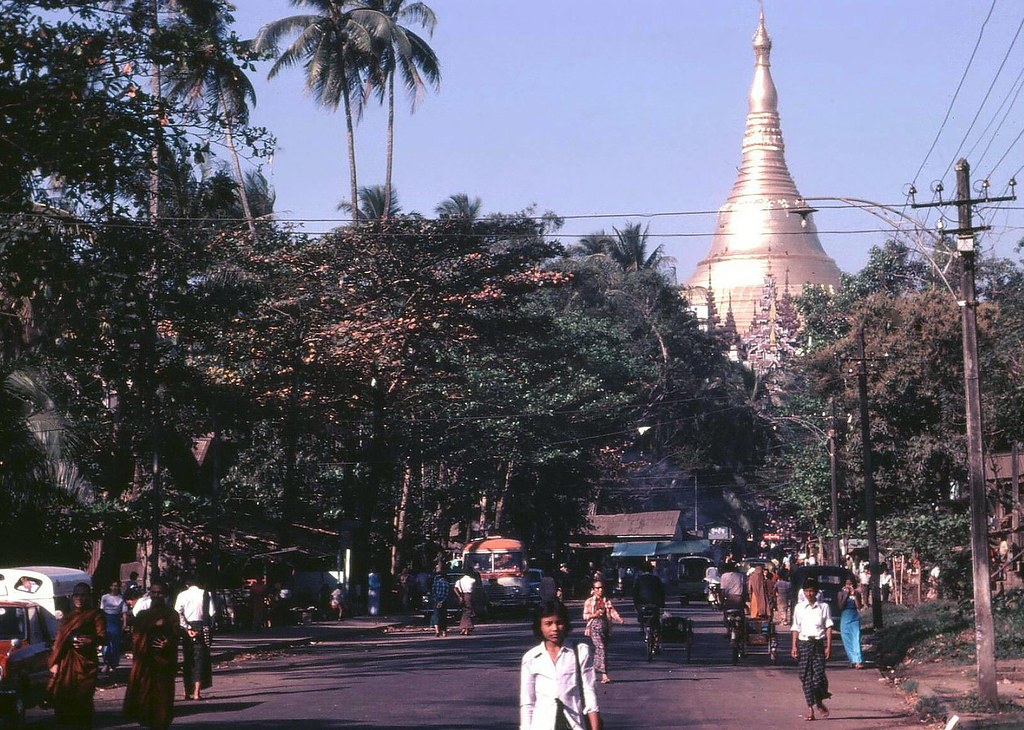
Back in 1980, it was possible to exchange a fifth of Johnnie Walker Red and two cartons of Marlboros on the black market for enough kyats to travel in Burma for a week.
At least that was the experience of Joshua Hammer, an American journalist who wrote about his trip in a 2011 New Yorker feature.
“Vintage nineteen-forties automobiles rumbled down the potholed streets of Rangoon, a riverside slum of mildewed British-colonial buildings with filigreed balconies draped in laundry. Most nights, the electricity failed, and the streets were cast in near-total darkness, except for the glow of battery-powered lamps illuminating the secondhand booksellers and betel-nut venders.
Like all foreigners, I kept to a carefully prescribed one-week itinerary, in part because of the Communist insurgency and the ethnic rebellions then raging in parts of the countryside. I travelled by crowded trains to Mandalay, the second city, and Pagan, an ancient imperial capital strewn with the ghostly remnants of pagodas. Any signs of dissent were—to a backpacker’s eyes—deeply buried."
Not much has changed then, bar the Communist insurgency (say Wa?). Two years later, camera in hand, Australian tour guide Peter Ward visited Yangon, Mandalay and Bagan on a typical one-week visa that restricted tourists to a prescribed itinerary.
Argentina was invading the Falklands, Michael Jackson was releasing Thriller, and Peter Ward was experiencing the beauty of a country that still astounds to this day. Check out the wonderful photos of his trip below and see more photos of his other travels here.

